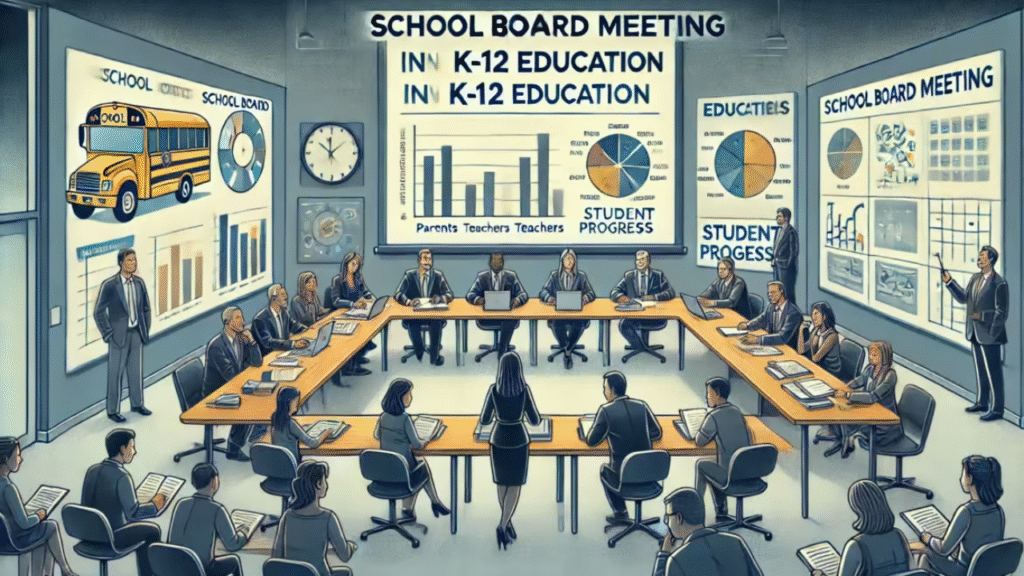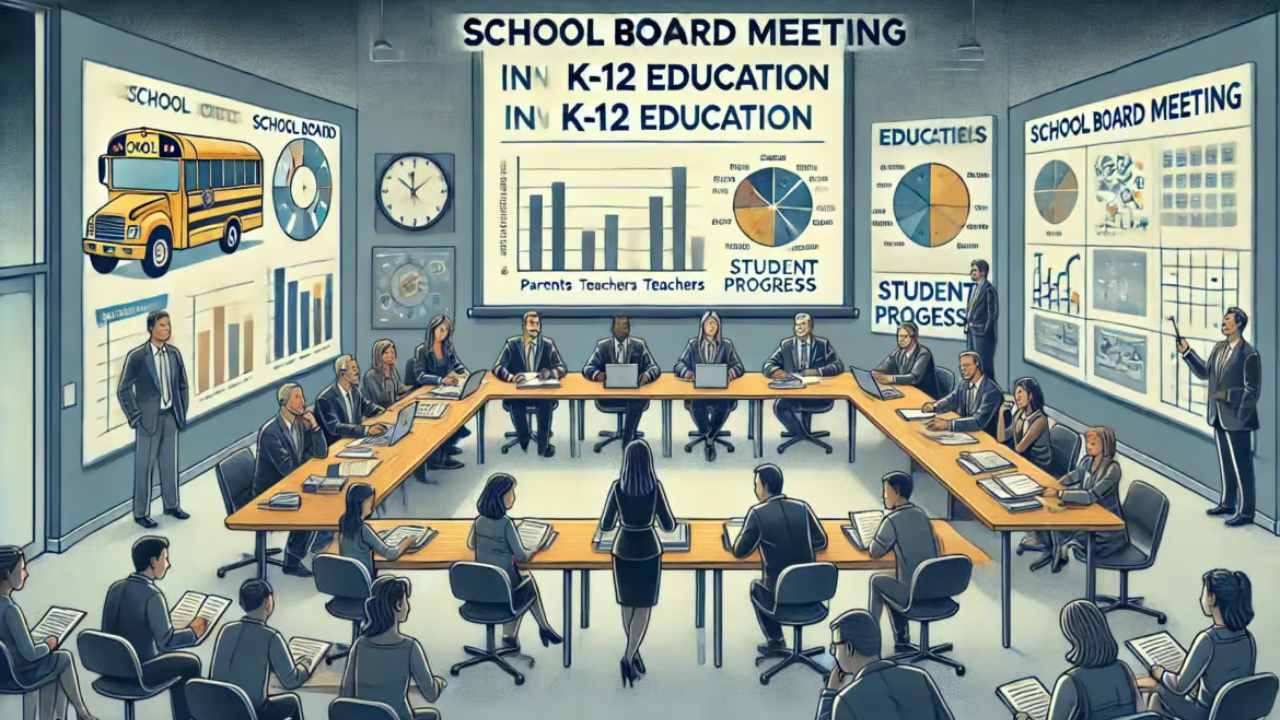
School boards play a pivotal role in shaping the educational landscape of local communities. Though often operating behind the scenes, the decisions they make directly impact students, families, teachers, and the broader community. Understanding how school boards function and the effects of their decisions is essential for residents who want to engage in and influence local education policies. This article explores the responsibilities of school boards, the areas their decisions affect, and why community involvement matters.
What Is a School Board?
A school board is a governing body elected or appointed to oversee a local school district. Its primary role is to ensure the district provides quality education and operates effectively. School boards establish policies, allocate resources, and hire key personnel like superintendents.
Key Responsibilities of School Boards
- Setting Educational Policies
Boards establish guidelines on curriculum standards, graduation requirements, and student conduct policies. - Budget Approval and Financial Oversight
School boards develop and approve budgets that determine funding levels for classrooms, extracurricular programs, infrastructure, and staff salaries. - Hiring and Evaluating Leadership
The board hires superintendents and evaluates their performance to ensure effective district management. - Facilities Management
Decisions about building new schools, renovating facilities, and maintaining safe environments fall under the board’s purview. - Community Engagement and Communication
Boards serve as a bridge between schools and the community, gathering input and communicating important information.
How School Board Decisions Impact Communities
- Quality of Education
Curriculum choices, teacher hiring, and resource allocation directly influence the academic success of students and the overall quality of education. - Economic Impact
Well-performing schools attract families and businesses, boosting local economies. Conversely, poor school performance can discourage investment and lower property values. - Social Equity
Boards make decisions that affect equitable access to education, such as funding for special education, English language learning programs, and support for disadvantaged students. - Community Identity
Schools often serve as community hubs, hosting events and activities. Board decisions about extracurricular programs and facilities impact local culture and social cohesion. - Safety and Well-being
Policies on student behavior, bullying prevention, and health services help ensure safe and supportive learning environments.
Challenges Faced by School Boards
- Balancing Budgets with Needs
Limited funding forces difficult choices between competing priorities like teacher pay, technology upgrades, and extracurriculars. - Navigating Political and Social Issues
Boards often confront contentious debates around topics such as curriculum content, school discipline, and inclusion. - Engaging Diverse Communities
Boards must address the needs of culturally and economically diverse populations, requiring inclusive decision-making and outreach.
How Community Members Can Influence School Boards
- Attend Board Meetings
Public meetings provide opportunities to listen, ask questions, and voice opinions. - Vote in School Board Elections
Electing board members who represent your values is crucial for shaping policies. - Participate in Advisory Committees
Many districts have committees on curriculum, facilities, and finance open to public participation. - Communicate with Board Members
Writing emails, letters, or meeting with members helps share community concerns.
Overview Table: School Board Functions and Community Impact
| Responsibility | Description | Community Impact | How Residents Can Engage |
|---|---|---|---|
| Educational Policy | Set curriculum and student standards | Influences academic quality | Attend meetings, provide feedback |
| Budget Management | Approve and oversee district budget | Determines resource availability | Review budget proposals, advocate |
| Leadership Hiring | Hire and evaluate superintendents | Ensures competent district management | Ask questions about leadership |
| Facilities Oversight | Manage school buildings and safety | Affects learning environment and property values | Participate in facility planning forums |
| Community Engagement | Communicate and gather input | Builds trust and ensures diverse needs met | Join advisory groups, contact members |
FAQs
Q1: How often are school board elections held?
School board elections typically occur every two to four years, depending on the district.
Q2: Can anyone attend school board meetings?
Yes, school board meetings are generally open to the public to encourage transparency and community involvement.
Q3: How can parents influence school board decisions?
Parents can attend meetings, participate in committees, communicate with board members, and vote in elections.

